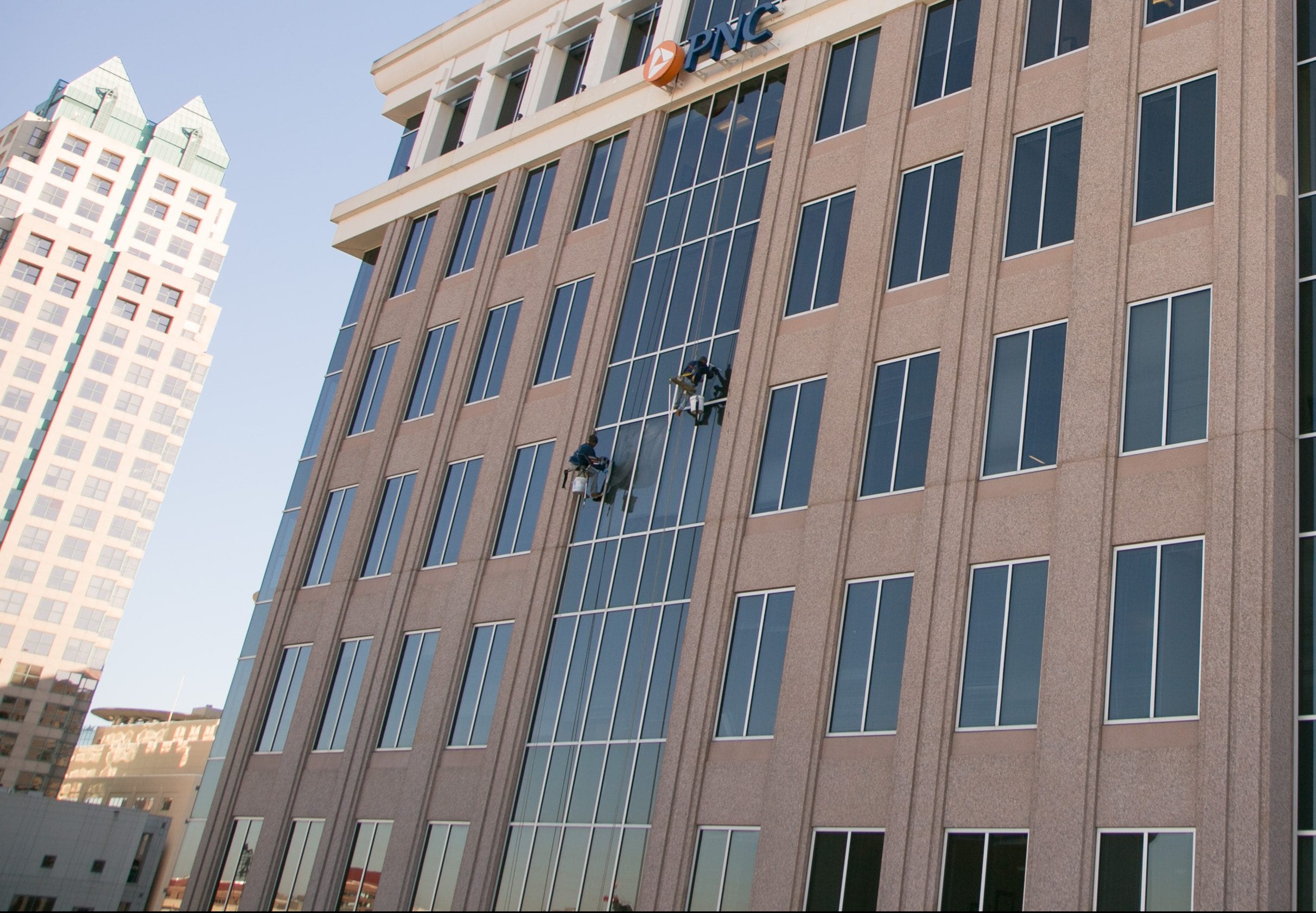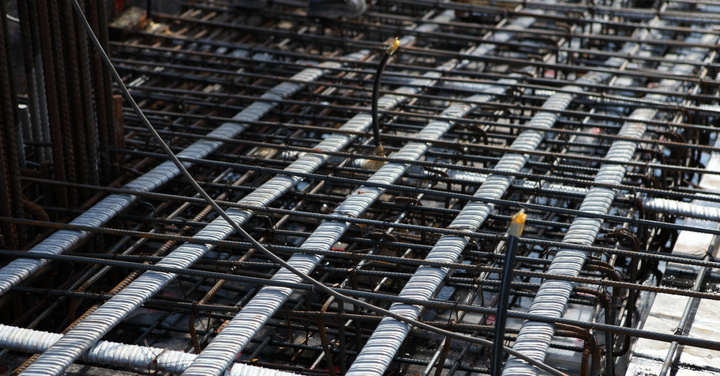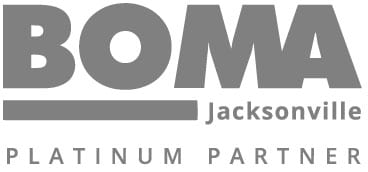It’s no secret why builders use post-tensioning systems in their construction; these systems are critical to strengthening concrete used in modern large-scale building projects. The same argument applies to post-tension slabs—a method used when pouring the slab foundation in commercial or residential construction. This article further explores post-tension slabs and some of the advantages and challenges of their usage in construction projects.
What are Post-Tension Slabs?
The concrete industry started experimenting with strategies and techniques to strengthen and reinforce concrete in the 1950s. The prestressing concept, now a standard in residential and commercial building construction, involves using a steel cable or tendon to squeeze and compress concrete before the concrete endures a structural load. As the construction industry continued refining its techniques to standardize prestressing, most builders eventually began using post-tensioning techniques for reinforced concrete slab foundations. The Federal Housing Administration officially endorsed the use of post-tensioned slabs in 1969, and the building method is now embraced and co-opted as the preferred method for builders.
Post-tensioned slabs contain a tendon, or steel cable, that runs crisscrossed throughout the center of the slab after the concrete has already hardened. As the poured concrete dries, the post-tensioned cables stretch and tighten, which applies a significant force to the concrete slab. This technique strengthens and compresses the concrete, which helps reduce cracking and structural instability caused by unstable soil conditions in marshes, swamps, and lake areas. The process helps residential homes and commercial buildings achieve greater load-bearing strength. Post-tension slabs are more durable and stable than traditional slabs that lack the reinforcement of steel cables.
Why Use Post-Tension Slabs?
Concrete slabs have inherent structural weaknesses; they are especially susceptible to expansion and contraction due to seasonal fluctuations and changing temperatures. Anyone that has experienced winter knows that thawing temperatures usually lead to potholes, broken water mains, and cracks in the pavement. Concrete slabs are no exception. The swelling and contraction of soils based on their contact with water is another element that adversely affects the integrity of concrete slabs. Poor and unstable soils found in Southwestern states and Mexico lead to issues with soil expansion, making it difficult for builders to lay concrete slabs.
Builders depend on post-tension slabs to reduce the risks of cracking, contraction, and soil expansion and strengthen the foundation’s structural integrity.
Post-Tension Slabs: Potential Challenges
Post-tension slabs are stronger than traditional concrete slabs; however, that does not necessarily mean a post-tension slab is without challenges. Read on to learn more about builders’ challenges when using post-tensioned slabs.
Long-Term Planning
Post-tensioned slabs are an excellent foundation for a new structure, but builders must plan accordingly for proper drainage. Gutters, downspouts, roof pitches, and balconies redirect rainfall. Builders need to be aware of the location of drainage as it can seep into the foundation and lead to cracks.
Good Things Aren’t Cheap & Cheap Things Aren’t Good
Laying the foundation of a post-tension slab requires professional workers, quality materials, and expert knowledge to understand the job’s complexity. In the building and construction industry, it’s essential to research the service provider and contractors you partner with before signing a contract.
Check the Blueprints, Again
Since post-tension slabs require the addition of steel tendons to strengthen and reinforce the concrete, the tendons must precisely align as shown on the blueprints. Improper tendon locations can cause uplifting, as the tendon applies more force than the weight of the concrete. As a result, the concrete might be physically lifting the slab.
The Advantages of Post-Tension Slabs
Aside from producing crack-free tennis courts, smooth parking garages, and a secure foundation for someone’s new home, post-tension slabs offer builders an array of advantages compared to traditional concrete slabs. Here are a few of the major benefits.
Cost Savings
Post-tensioned slabs require less concrete than traditional ones, saving builders money. Post-tensioned slabs are an investment that helps homeowners reduce the risks of concrete contraction and cracks, which inevitably costs money to repair. That’s why post-tensioned slabs are an initial investment worth it in the long run.
Shed Some Weight
A lighter yet stronger slab of concrete allows builders to design their structure with less material and overall surface space, providing more space to build supporting pillars, walls, columns, and beams. Post-tensioned slabs are also thinner, giving builders more creative freedom when designing floors.
Minimize Risks
No matter how much planning goes into a construction project, things happen, and the idea for builders is to minimize risks. Post-tensioned slabs may help prevent cracks from forming, but concrete is not immune to the elements. The good news is that if cracks form on post-tensioned slabs, they are held together and do not spread as quickly as those on traditional foundation slabs. Therefore, post-tensioned slabs are a more durable solution.
Look to the Experts when it comes to Building Repair Services
Commercial and residential structures require rational planning and maintenance. Whether your building has a traditional concrete slab or a reinforced post-tensioned slab, building owners need to maintain the structure’s integrity. That’s why across the United States, owners and property managers rely on Valcourt as their trusted partner to protect their investments. Whether it’s waterproofing, restoration, or other commercial building services, Valcourt offers over 35 years of experience protecting properties from the elements. Contact A1Orange Building Services today!








